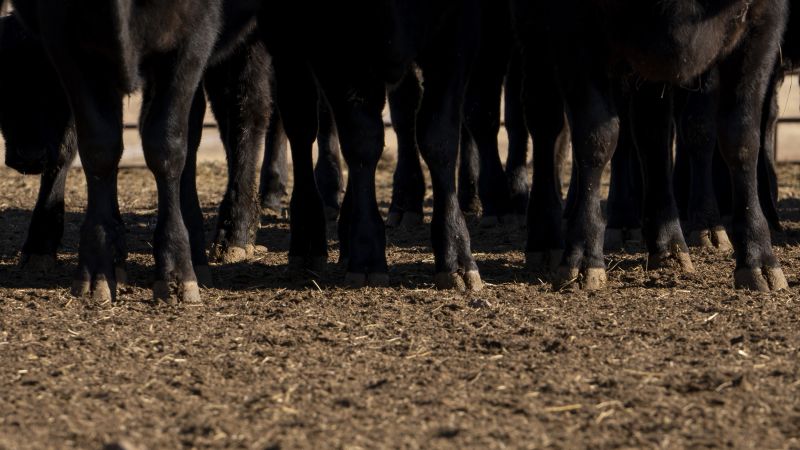Recent developments in Nevada raise serious concerns regarding the emergence of a newer strain of the H5N1 bird flu virus. According to the Nevada Department of Agriculture, six dairy herds in the state have tested positive for this strain. This particular variant is distinct from the one that has been circulating among other dairy herds across the United States, known as strain B3.13. The newer strain, labeled D1.1, had previously only been found in birds and in human populations that came into contact with infected birds.
The occurrence of D1.1 is significant as it marks the second known case of avian flu being transmitted to cattle herds via birds. Experts in the field have noted that this development signals a pivotal moment in the United States’ strategies to contain the virus. Dr. Scott Hensley, a microbiologist from the University of Pennsylvania’s Perelman School of Medicine, emphasized that controlling the spread of a virus from cow to cow is substantially easier than managing the spread from birds to cattle, which presents additional challenges for public health and agriculture.
Alarmingly, the D1.1 strain has been linked to severe infections in at least two individuals. A teenager in British Columbia suffered critical health issues last fall but managed to recover, while a senior citizen in Louisiana, unfortunately, succumbed to the infection in January. Moreover, farm workers in Washington state were found to have tested positive for D1.1 after culling infected birds, although their symptoms were described as less severe. As scientists delve deeper into studying the D1.1 strain, they are eager to uncover more about its spread and capabilities.
The timeline of D1.1’s emergence traces back to August 2024 when it was first detected in the Pacific Flyway. Since then, it has spread across all four migratory flyways in North America. J.J. Goicoechea, the director of the Nevada Department of Agriculture, noted that this is the first documented case of D1.1 detection in dairy cows. In response to the infected herds, affected dairies have provided the Nevada Department of Health with information regarding their workers, who are now under monitoring for potential signs of infection. The workers are receiving personal protective equipment as a precautionary measure. Thankfully, so far, no human cases have been linked to these infected herds.
Interestingly, the severity of D1.1 infections in cows appears to be comparable to those caused by the B3.13 strain, with similar clinical signs presenting in infected animals. Goicoechea reported that common symptoms include a decrease in appetite and reduced milk production, a situation that is typically manageable with veterinary intervention. As the situation unfolds, it has drawn parallels to similar outbreaks witnessed in Texas and Kansas over the past year.
Detection of the infected Nevada herds occurred through a program initiated by the US Department of Agriculture, which involves extensive testing of milk in large silos across the country. Dr. Seema Lakdawala, a microbiologist and immunologist from Emory University, explained the logistical complexity of this testing process. Various bulk tanks from different farms can converge into a single silo, complicating tracking the sources of contamination.
This latest finding brings to light pressing inquiries about how dairy cattle are becoming exposed to the H5N1 virus and whether containment of this outbreak is feasible. Health officials have reassured the public that most individuals remain at low risk from the virus; however, statistics reveal that since March 2024, H5N1 has been identified in 957 herds spread across 16 states. The Centers for Disease Control and Prevention (CDC) has confirmed 67 human infections in the United States, predominantly among farm workers who have interacted with infected livestock.
As the situation continues to develop, it will be crucial for health officials and scientists to monitor the spread of the D1.1 strain, ensuring both animal health and public safety are prioritized.



